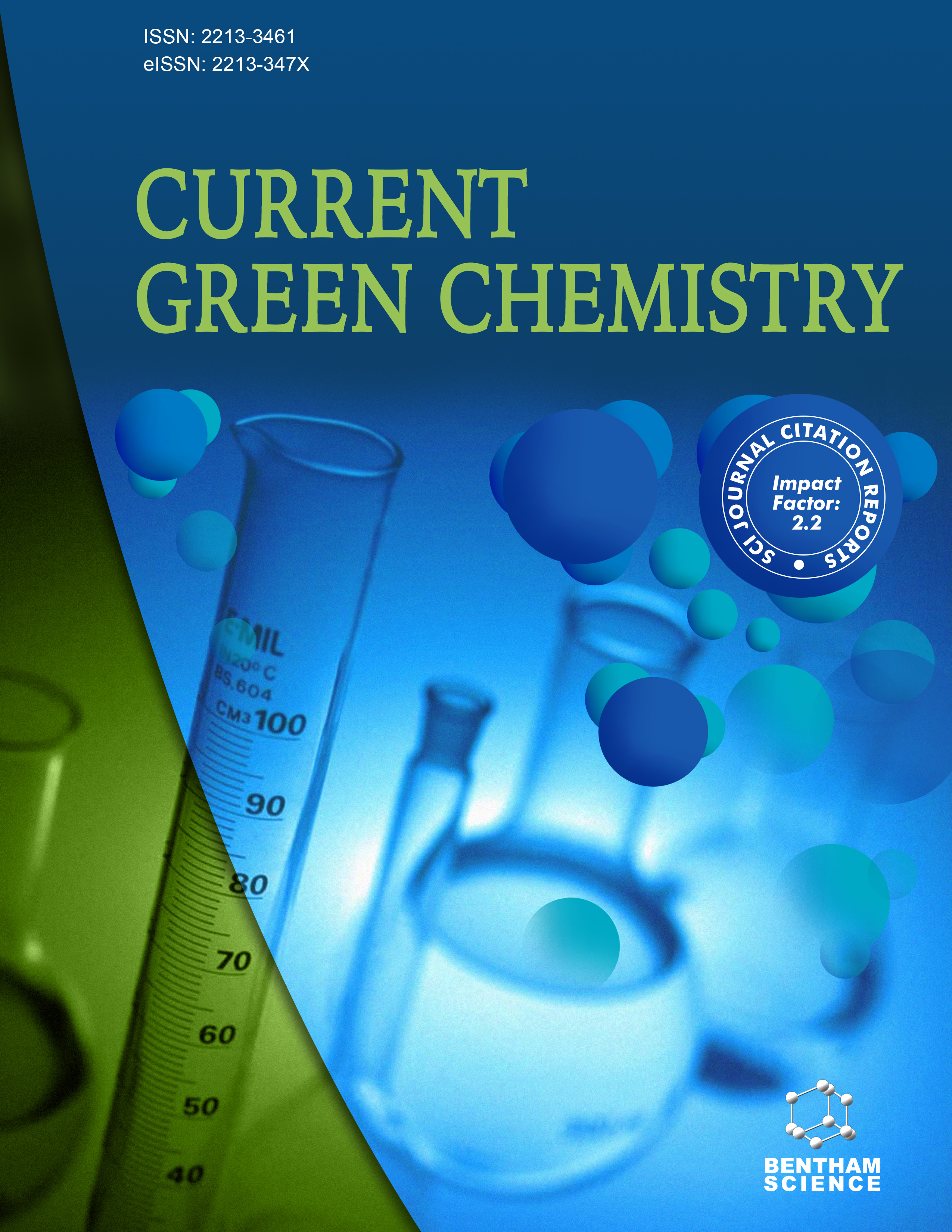
Full text loading...
We use cookies to track usage and preferences.I Understand

Biological evolution has omitted organic silicon from the Earth's scab, which forms approximately 28% of the Earth's crust. However, there is a growing interest in organosilicon compounds due to their widespread use in organic synthesis, material science, agrochemistry, and medical research. Recently, there have been many applications of silicon-stereogenic organosilanes in syntheses, medicinal chemistry, and functional materials, making them an important topic for research. However, in silicon, it is possible for the stereogenic center to be racemized as it can form more than four covalent bonds. By overcoming this issue, transition-metal-catalyzed transformations have achieved significant progress in the synthesis of silicon-stereogenic silanes over the last decade. However, transition metal-free approaches are quite challenging with respect to the stability of the chiral centers. This study will comprehensively summarize the advances in the transition-metal-free asymmetric synthesis of chiral silicon-containing molecules. The mild reaction conditions and environmentally friendly reagents that are used in these organocatalytic methods make the process significant for the advancement of green chemistry.

Article metrics loading...

Full text loading...
References


Data & Media loading...